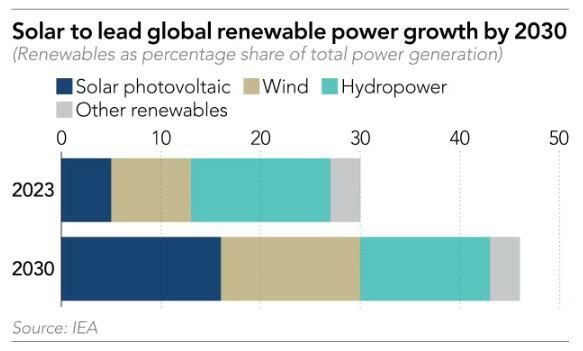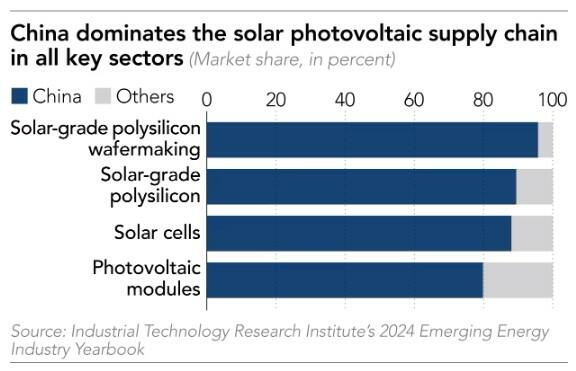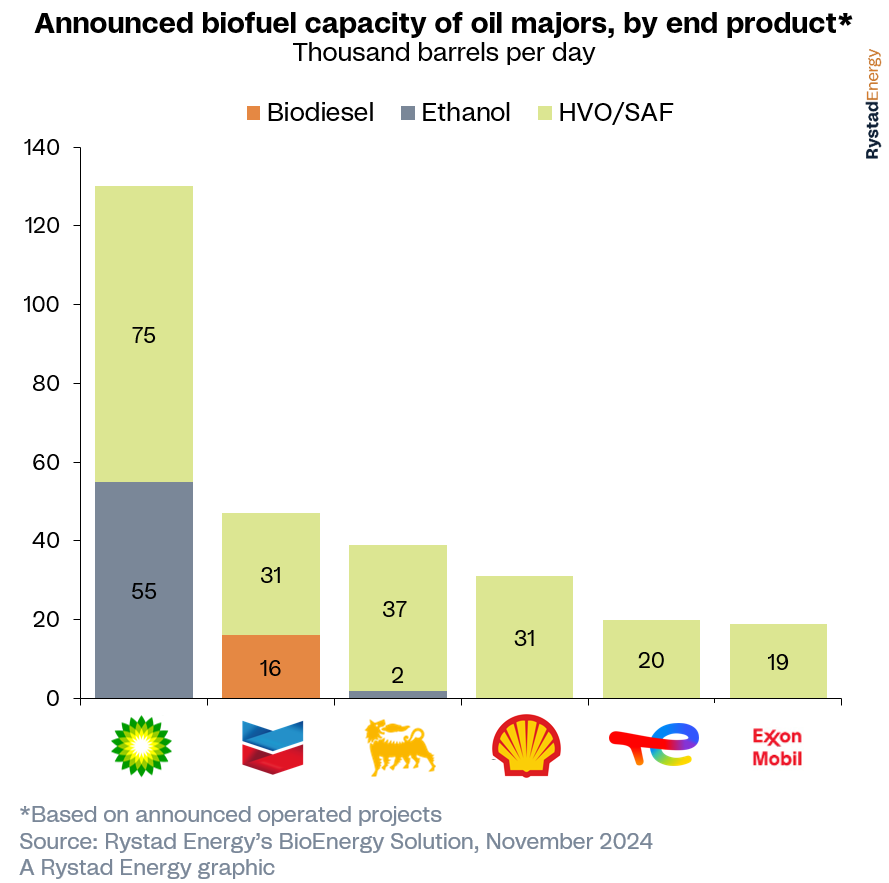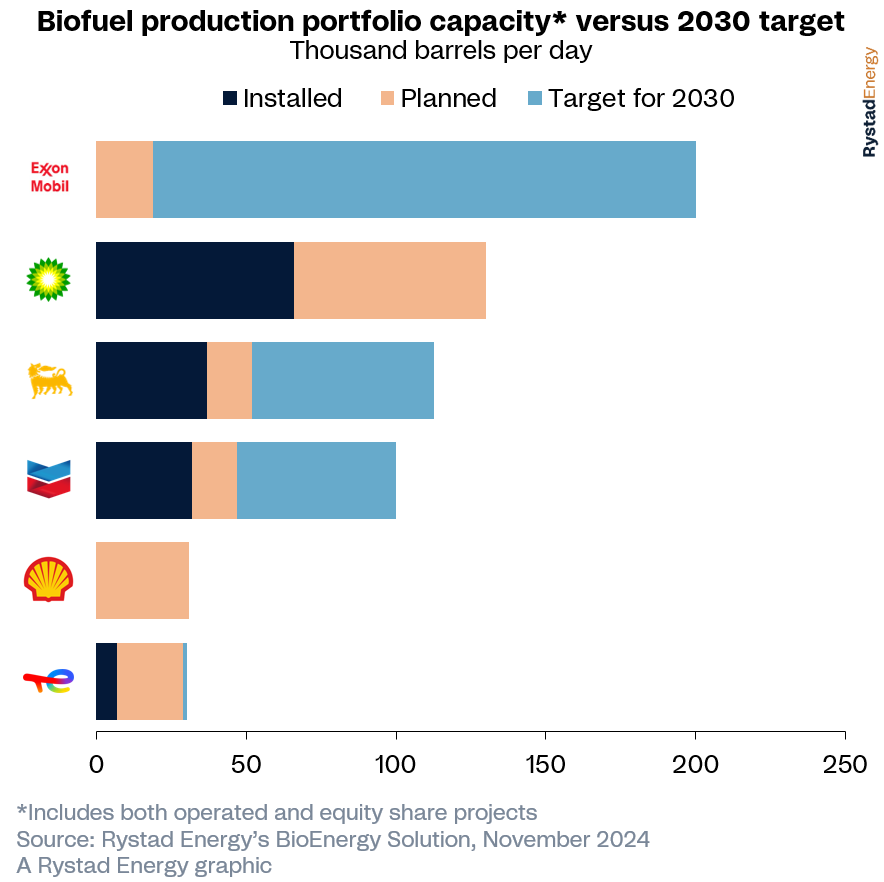By Metal Miner - Nov 20, 2024
The Federal Reserve's interest rate cuts have stimulated the construction industry by reducing borrowing costs for new projects.
Increased construction activity has led to a rise in demand for steel and other building materials.
Industry experts anticipate continued growth in the construction sector throughout 2024.
The Construction MMI (Monthly Metals Index) managed to break out of its sideways trend, moving up by 6.73%. Construction news indicates that the market could see more bullish sentiment if the Fed continues its dovish stance on interest rates, dropping them steadily (get weekly updates on macroeconomic news impacting your metal buy with our weekly newsletter).
However, companies should remain wary of potential tariffs coming from the new Trump administration in the upcoming years. If they come to fruition, they could add long-term pressure to the industry and cause some volatility.

Fed Interest Rate Cuts Shine Light on Construction Industry
The Federal Reserve recently implemented a series of interest rate cuts to stimulate economic activity amid signs of a slowing economy. These monetary policy adjustments have had a notable impact on the U.S. construction industry, invigorating project initiations and bolstering demand for construction materials, particularly steel.
Construction News: Project Initiatives Rise
The construction sector has welcomed the Federal Reserve’s interest rate cuts with optimism. Lower borrowing costs have made it easier to finance new projects, prompting developers to move forward with plans that were previously put on hold due to high financing expenses.
Construction news sources state that industry leaders remain optimistic about the impact of these rate cuts on growth. Les Hiscoe, CEO of Shawmut, highlighted that the Federal Reserve’s actions intend to create a more favorable lending environment. This signals a positive outlook for building projects and is an encouraging sign for building activity.
Steel Demand Strengthens Slightly
The rise in construction activity modestly increased the demand for construction materials, particularly steel. As new projects begin and old ones start back up, the need for steel in structural frameworks, reinforcements and various building components continues to grow. This heightened demand has boosted the U.S.’s domestic steel industry, which has faced challenges from unstable market conditions and international competition over the past couple of years.
Furthermore, lower financing costs have enabled developers to undertake larger and more complex projects, driving up the volume of steel required. This trend may persist as long as borrowing costs remain supportive of robust construction activity.
Construction News: Anticipated Trends for the Remainder of 2024
The U.S. construction industry is on track for continued growth through the end of 2024, driven by the momentum created by the Federal Reserve’s interest rate cuts.
Developers will likely take advantage of the favorable financing environment to initiate new projects, especially in urban areas experiencing population growth and infrastructure demands. In the housing sector, lower mortgage rates will likely stimulate an increase in new home construction, helping to meet the ongoing demand for housing in various regions.
Effects on Public Projects and Infrastructure
Public sector initiatives, such as transportation and utility infrastructure projects, could see increased progress as government agencies take advantage of reduced borrowing costs to finance critical developments. Analysts expect that stimulation in construction activity will sustain demand for materials like steel, cement and lumber in the short term, which may result in price changes influenced by supply and demand fluctuations.
By the Metal Miner team












